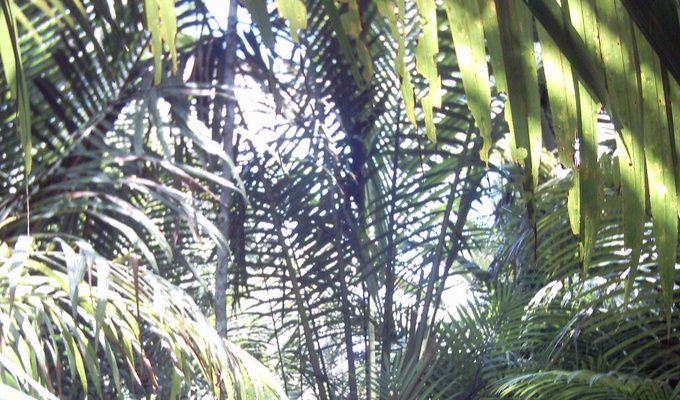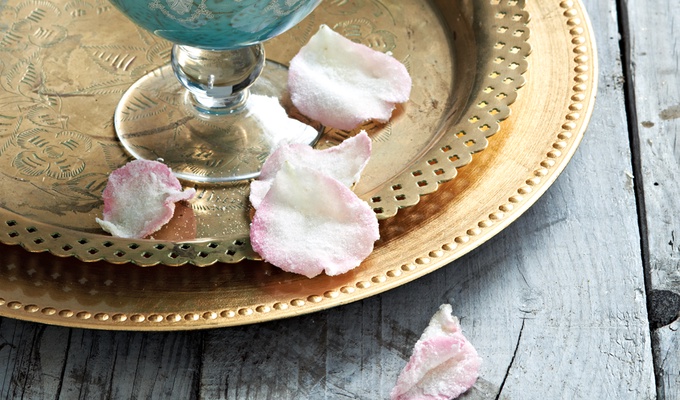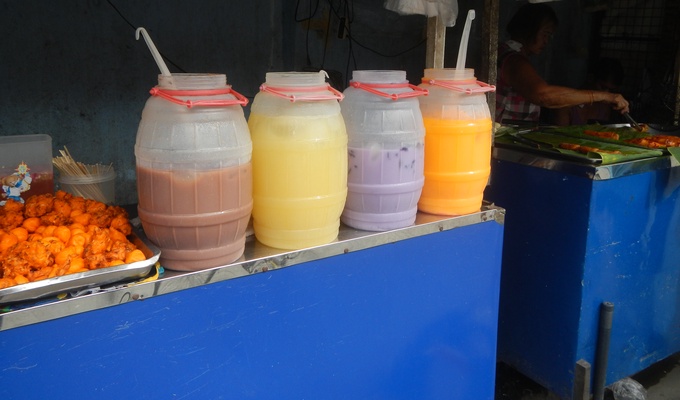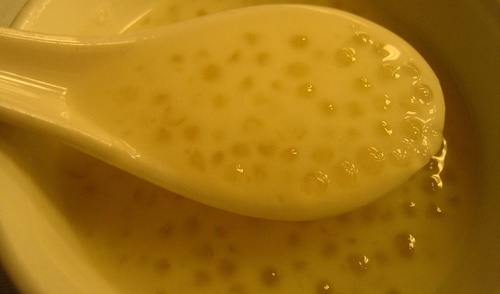Sago (also sagu, sabudana) is a starch made from palm trees. It is a staple food for many regions of Southeast Asia, particularly Indonesia and Malaysia, where it is traditionally cooked and eaten in various forms, such as rolled into balls, mixed with boiling water to form a glue-like paste, or as a pancake.
Sago is often produced commercially in the form of "pearls" (small rounded starch aggregates, partly gelatinized by heating). Sago pearls can be boiled with water or milk and sugar to make a sweet sago pudding. Sago pearls are similar in appearance to the pearled starches of other origin, e.g. cassava starch (tapioca) and potato starch. They may be used interchangeably in some dishes, and tapioca pearls are often marketed as "sago", since they are much cheaper to produce. Compared to tapioca pearls, real sago pearls are off-white, uneven in size, brittle and cook very quickly.
Note possible confusion with the Brazilian dish, sagu, which shares one of the New Guinean names for sago. This dish is in fact named from the term for sago, but cassava has entirely replaced it in Brazilian usage.



